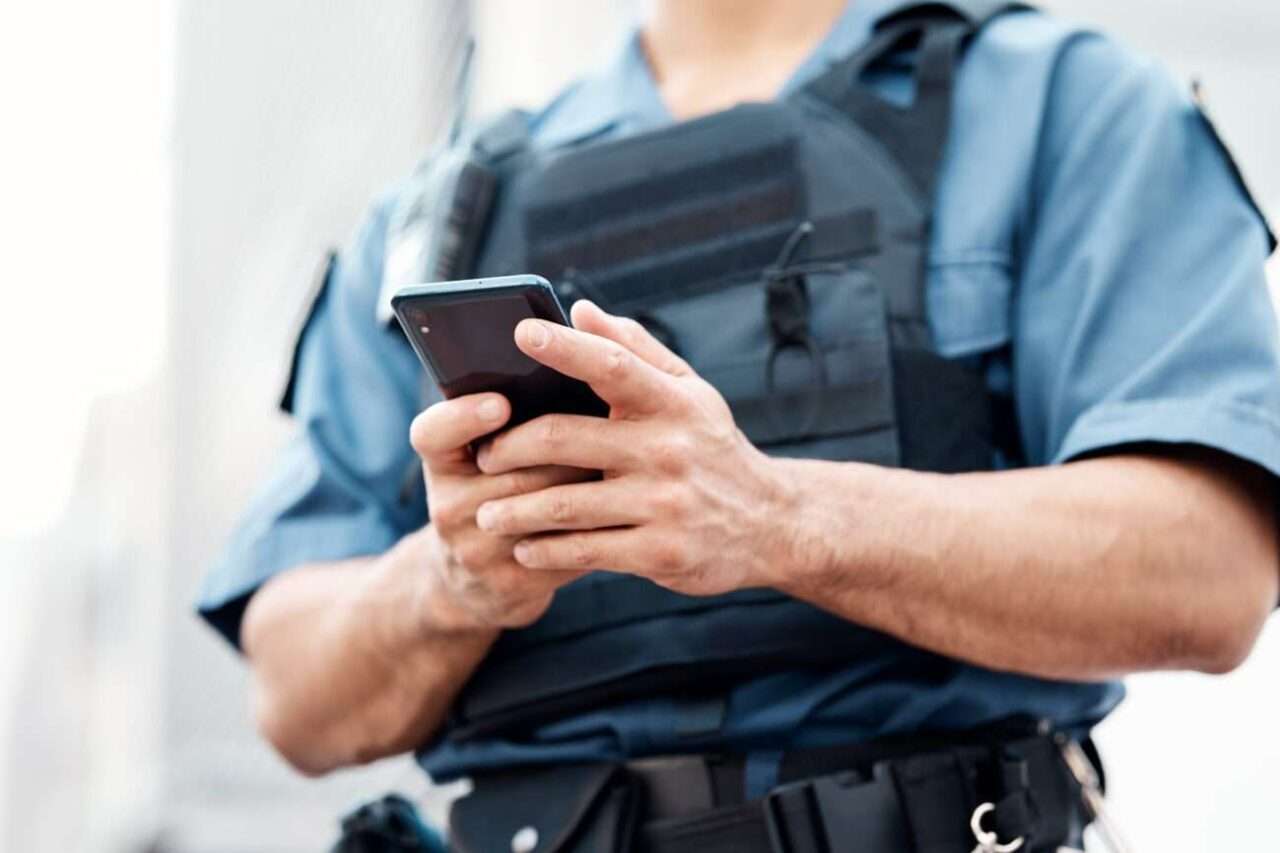
Emergency services have seen significant transformations due to our evolving technological landscape, especially with multimedia integration into 9-1-1 systems. Features such as Carbyne’s video-to-911, photo sharing, and Responder Connect have been pivotal. But how do these integrations help de-escalation of volatile situations, particularly within the police force?
The Evolution of 9-1-1 Systems
Traditionally, 9-1-1 services relied mainly on voice communication. While efficient, it sometimes lacked the clarity and depth required for an all-encompassing view of the situation. The introduction of multimedia has bridged this gap, providing first responders with vivid, real-time insights into incidents.
Visual Clarity: The Power of Images and Video
With features like Carbyne’s video-to-911, dispatchers and first responders can actually see the unfolding events, which can be instrumental in determining their approach:
- Immediate Assessment: Video can quickly reveal the nature of the confrontation. A clear understanding can determine whether it requires a stern or more empathetic response.
- Body Language and Context: Visuals can capture crucial elements like the environment, body language, and facial expressions. These nuances can significantly assist officers in gauging the situation and responding appropriately.
Connecting Responders: Enhanced Communication Among Emergency Personnel
Multimedia does not just stay within the 9-1-1 center. Technologies such as Carbyne Responder Connect help bring the caller-provided multimedia to the responder in the field, ensuring that when all emergency personnel share the same multimedia insights, it fosters better coordination and a unified approach. When responders can view imagery of the incident before arrival, it helps in the following ways:
- Minimized Surprises: Unified information means fewer unexpected turns.
- Promotes On-Scene Safety: Obtaining critical information helps leaders make on-scene safety decisions.
- Promotes Teamwork: Shared insights ensure that all responders, from police to paramedics, approach a situation with a consolidated strategy.
How Multimedia Aids in De-Escalation with Police
For police officers, de-escalation is a critical skill. It’s the act of using strategies and techniques to reduce the intensity of a situation without resorting to force. Having a clear picture (sometimes literally) ensures that officers approach a situation with a heightened sense of awareness. This can create informed decision-making and prevent unnecessary confrontations.
Multimedia can also provide data for officers to create evidence-based approaches to situations. Real-time multimedia acts as on-the-spot evidence, allowing officers to judge better the necessity of force or any other course of action. Consider a call from a distressed individual during a domestic dispute. While voice can convey urgency, a live video might show an unarmed couple involved in a verbal disagreement, allowing the responding officer to approach the scene with mediation in mind rather than expecting potential violence.
When an individual might be undergoing a mental health crisis, visuals can aid officers in understanding the immediate needs. For example, a live video feed can show an individual on a building’s ledge, allowing officers to approach with an empathetic negotiator rather than a full show of force, which might otherwise unintentionally escalate the situation.
Media can also help with building public trust. When citizens know that their emergencies are viewed and understood comprehensively, it fosters trust in law enforcement. This trust can, in turn, lead to more cooperative behaviors during police interactions.
Lastly, improved training and development can result from the use of multimedia. Video recordings and photos can be used anecdotally for training, helping officers review and learn from real-life situations. They can dissect their responses and continually hone their de-escalation skills, leading to better trust, transparency, and improved quality of life for the citizens they protect and serve.
Incorporating multimedia in 9-1-1 systems represents more than technological progress; it symbolizes a movement towards fostering safer, more understanding communities. By enhancing response strategies with tools like Carbyne’s patented video and Responder Connect, police can prioritize de-escalation and ensure both their safety and that of the public they serve. As we continue integrating technology into emergency responses, these tools will undoubtedly play an even more significant role in shaping the future of public safety.
Andrea King-Smith has invested over a decade in the 9-1-1 industry, notably with the Las Vegas Metropolitan Police Department’s Communication Bureau, in roles spanning from a 9-1-1 Call Taker to an Operations Supervisor. At Carbyne, she is part of a team that pioneers advancements in NG911 and emergency collaboration. Andrea actively contributes to the National Emergency Number Association (NENA), co-chairs its Diversity, Equity, and Inclusion Committee, and has held significant roles in the Association of Public Safety Communications Officials (APCO), further solidifying her reputation as a respected figure in public safety communications.